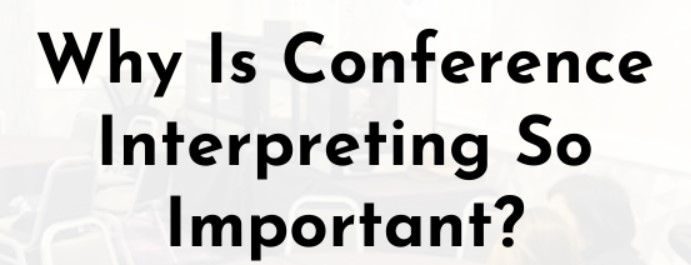
Conference interpreting is a professional interpreting service used in large-scale events, such as international summits, business conferences, diplomatic meetings, and multilingual seminars. It can be performed in simultaneous or consecutive modes, depending on the event’s needs.
Types of Conference Interpreting
🔹 Simultaneous Interpreting
- The interpreter translates in real time while the speaker is talking.
- Requires specialized equipment, such as headsets, microphones, and soundproof booths.
- Commonly used at the United Nations, European Union, and large business conferences.
🔹 Consecutive Interpreting
- The speaker pauses every few sentences to allow the interpreter to translate.
- No special equipment needed, making it ideal for smaller meetings or panel discussions.
- Used in press conferences, diplomatic meetings, and legal settings.
Key Features of Conference Interpreting
🎤 Professional Setup: Often requires advanced technology and trained interpreters.
🌍 Multilingual Support: Events may require multiple interpreters for different languages.
⏳ High Accuracy & Speed: Interpreters must convey not only words but also tone, nuance, and intent.
👥 Team-Based Work: Simultaneous interpreters often work in pairs, switching every 20–30 minutes due to the mental strain.
Advantages
✅ Enables seamless multilingual communication in global events
✅ Efficient and professional, allowing real-time understanding
✅ Maintains the natural flow of speeches and discussions
Disadvantages
❌ Requires extensive training and expertise
❌ Simultaneous interpreting demands expensive equipment and a controlled environment
❌ High mental strain, requiring frequent interpreter rotations
Would you like recommendations on interpreter training programs or equipment for conference interpreting?

